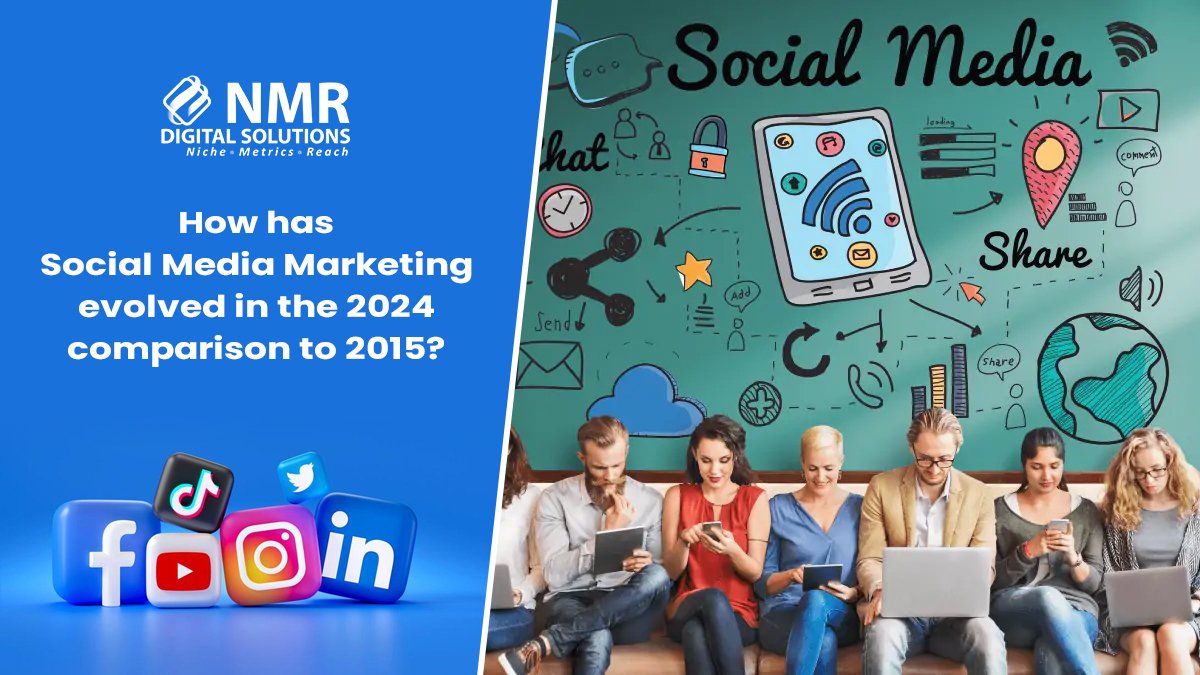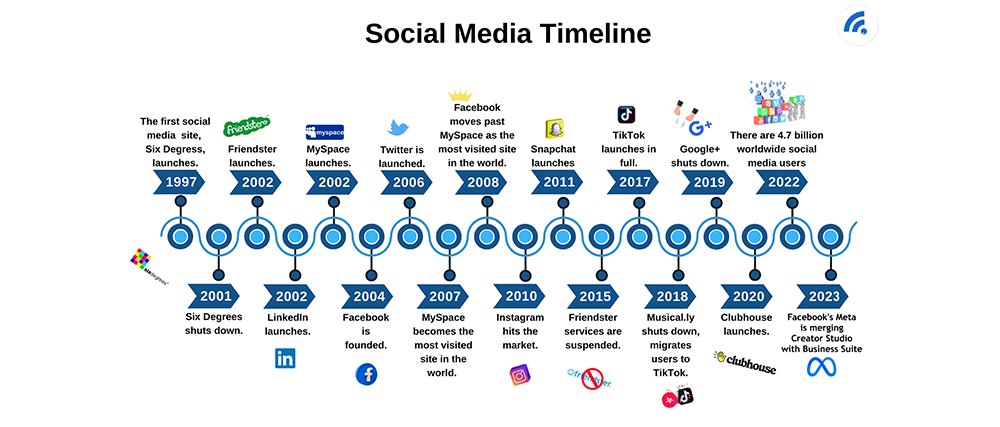
Introduction
Social media marketing has undoubtedly transformed over the last decade. From the platforms that dominate the market to the tactics that are considered best practices, the landscape in 2024 looks considerably different from that of 2015. This transformation has not just influenced how businesses market themselves but also how consumers react and engage with digital content. In this blog, we will delve into the evolution of social media marketing from 2015 to 2024, highlighting the key trends and strategic advancements that have reshaped this dynamic field.
Evolution of Social Media Marketing in 2015
In 2015, social media marketing was still in its somewhat nascent stages but rapidly growing in influence. Companies primarily focused on growing their presence on major platforms like Facebook, Twitter, and Instagram. The strategy back then was fairly straightforward: increase followers, post regularly, and engage with users primarily through comments and likes. Advertising was often limited to boosting posts and running basic demographic-targeted ads. Content was king, with brands striving to create viral posts that resonated widely.
Metrics such as likes, shares, and follower counts were the main indicators of success. Influencer marketing was just starting to take hold, with brands beginning to partner with social media personalities to expand their reach. The concept of ‘going viral’ was a coveted goal, driving much of the strategy in content creation. This era focused heavily on building community and brand loyalty through regular interaction, which is why platforms equipped with real-time communication features saw significant engagement.
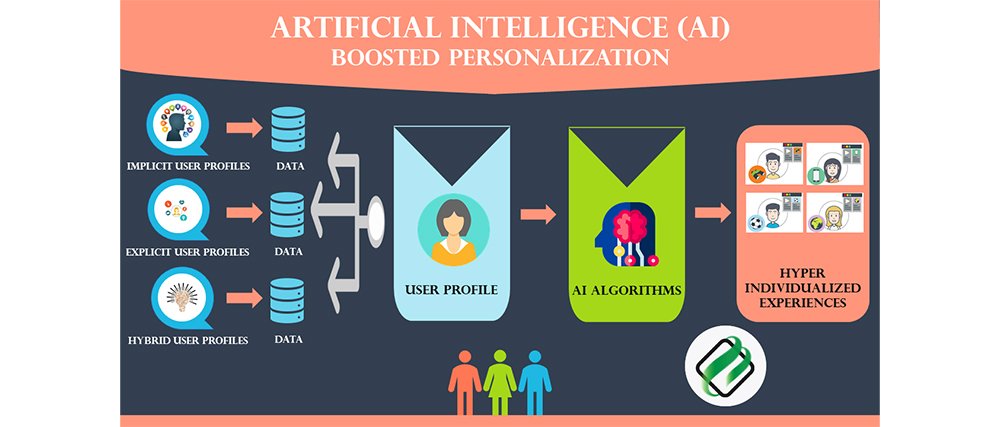
Evolution of Social Media Marketing in 2024
Fast forward to 2024, and the landscape of social media marketing has transformed dramatically, shaped by advances in technology, changes in consumer behavior, and the emergence of new platforms and tools. The goals have shifted from simple metrics to deep, analytical insights with a focus on ROI and conversion rates. The integration of AI and machine learning has given marketers the power to personalize at scale, predict user behavior, and manage campaigns with an efficiency that was previously unimaginable.
Changes in Social Media Platforms
The platforms themselves have undergone significant changes by 2024. Video and ephemeral content, like Stories, have become dominant, pushing brands to think on their feet and publish engaging content frequently. Platforms like TikTok, which surged in popularity in the late 2010s, have evolved from entertainment hubs to serious marketing channels. They now offer sophisticated advertising tools that allow for hyper-targeted content delivery based on user behavior and preferences.
Moreover, the advent of AR (Augmented Reality) and VR (Virtual Reality) within platforms has opened up new avenues for immersive marketing experiences. Brands can now create interactive ads or even virtual shops where users can try products before they buy, all within a social media app. Social commerce has become streamlined, with integrated shopping features becoming commonplace, minimizing the path to purchase and increasing conversion rates dramatically.
Shifts in Consumer Behavior
Consumer behavior on social media has also evolved significantly by 2024. Users are now more privacy-conscious and skeptical of ads and branded content. There’s a greater demand for authenticity and personalized experiences. Users prefer brands that align with their values and are part of broader community discussions. As a result, brands have had to become more transparent and socially responsible in their social media practices.
Moreover, the typical social media user in 2024 is more fragmented across platforms, requiring marketers to adopt a multi-platform approach. Each platform serves a different purpose and demographic, necessitating more tailored content that speaks directly to the audience of each specific channel. Users are also more interactive, expecting quick responses and customized service, pushing companies to invest in automated chatbots and responsive customer service capabilities facilitated by AI.
Emergence of New Trends
Several new trends have emerged in social media marketing by 2024. The use of big data and analytical tools has become a cornerstone, enabling marketers to understand and predict consumer behavior at an unprecedented level. For instance, sentiment analysis tools can gauge the mood of comments and posts, allowing brands to adjust strategies in real time to align with consumer feelings.
Another trend is the rise of ephemeral content, which demands brands to create spontaneous and engaging content that can capture the fleeting attention of users. This has also spurred the growth of live streaming, encouraging real-time engagement with audiences around the world.
Furthermore, sustainability has become a significant theme across all marketing channels, including social media. Brands are not only promoting their eco-friendly products but also adopting sustainable digital practices, like reducing digital carbon footprints and enhancing the efficiency of data storage and processing.
In summary, the evolution from 2015 to 2024 in social media marketing reflects broader technological advancements and cultural shifts. From harnessing the basic power of social platforms for brand visibility to leveraging sophisticated tools for strategic targeting and user engagement, the journey has been transformative. As we look forward, the path remains dynamic, with continuous innovation shaping the ways in which brands connect with consumers.
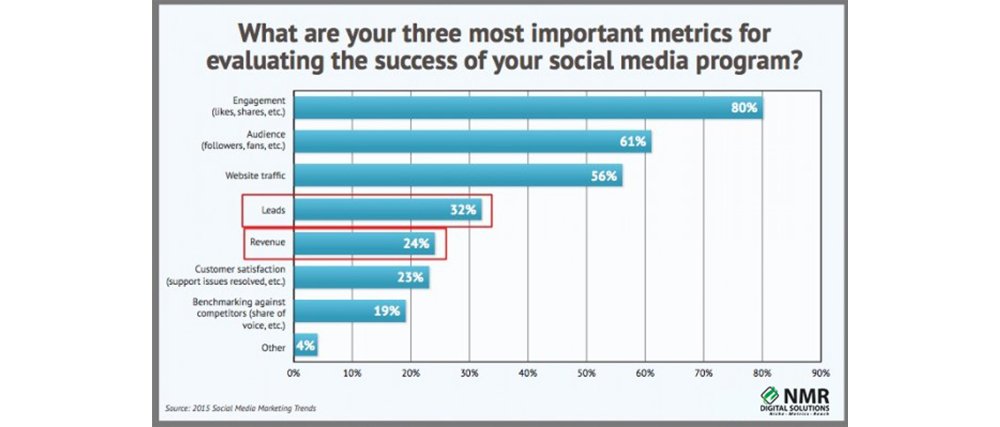
Comparison between Social Media Marketing in 2015 and 2024
Strategies and Tools
In the realm of social media marketing, both the strategies and tools used have undergone significant transformations from 2015 to 2024. In 2015, social media marketing was heavily reliant on basic strategies such as scheduled posts and the ubiquitous hashtag. Tools were primarily limited to simplified analytics platforms and basic post scheduling software, like Hootsuite and Buffer, that allowed marketers to post across multiple platforms but with limited integration and intelligence.
Fast forward to 2024, the landscape has drastically changed. Artificial Intelligence (AI) has become a cornerstone of social media marketing. AI-driven tools now enable hyper-personalized content delivery, sophisticated sentiment analysis, and predictive consumer behavior analytics. Such advancements allow for real-time marketing decisions and highly targeted audience reach. More so, automation and integration have reached new heights. Tools like Sprout Social and HubSpot offer seamless integration with a wide array of e-commerce platforms and CRM systems, creating a unified approach that covers everything from post scheduling to complete customer journey mapping.
The expansion of social media platforms has also influenced marketing strategies. While 2015 saw marketers focusing largely on Facebook, Twitter, and Instagram, 2024 has seen the rise of platforms like TikTok and specialized platforms geared towards niches such as Vero for artists or Caffeine for gamers. This diversity has prompted marketers to adopt a multi-platform approach, tailoring content specifically to the norms and audiences of each platform rather than employing a one-size-fits-all strategy.
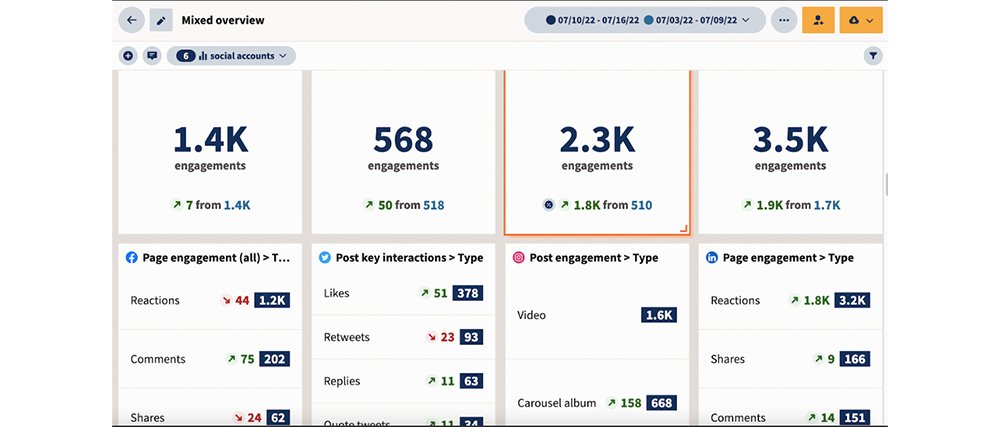
Impact on Audience Engagement
The evolution of tools and strategies in social media marketing has had a profound impact on how audiences engage with brands. In 2015, engagement was measured by likes, shares, and general comments — metrics that are somewhat superficial. As such, the engagement strategies were straightforward and often involved asking questions to encourage comments or running basic contests and giveaways.
In 2024, however, the landscape of audience engagement has expanded significantly. Engagement is now about creating communities and immersive experiences. With the rise of virtual reality (VR) and augmented reality (AR), brands are able to offer unique, engaging experiences that were once the stuff of science fiction. For instance, a clothing brand can now use AR to allow customers to try on outfits virtually before making a purchase decision, dramatically enhancing user engagement.
Moreover, the use of sophisticated data analytics allows for a deeper understanding of what engages users. By leveraging big data, brands can identify patterns and trends in user behavior, enabling them to tailor content more effectively to user preferences. This shift from a broadcast style to a more conversational, personalized approach in platforms has led to higher engagement rates. User-generated content has also soared in popularity, where brands encourage their audience to share their own stories or create content around the brand, fostering a stronger community feeling around brand identities.
Overall, the advancements from 2015 to 2024 in social media marketing have not only transformed the tools and strategies used by marketers but have also redefined the very nature of audience engagement. This shift towards more immersive, personalized, and intelligent marketing continues to shape the future of how brands interact with their audiences.
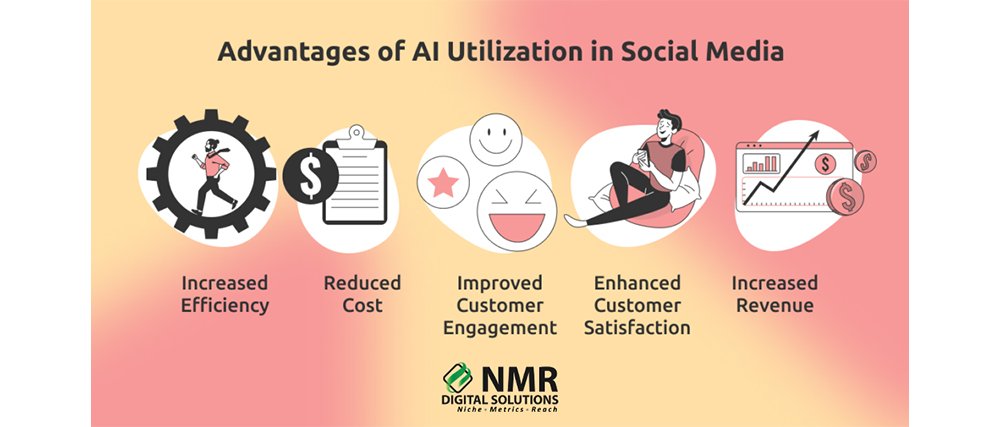
Conclusion
Social media marketing has transformed significantly from 2015 to 2024, mirroring the rapid evolution of technology and online behavior. The shift from simple content posting to sophisticated AI-driven strategies shows a dynamic growth that has expanded the potential of digital platforms tremendously. As we continue to navigate through these changes, staying informed and adaptive will be key in leveraging social media’s full capabilities to achieve sustained engagement and success. Remember, the landscape of social media is ever-changing, but the opportunities it presents are limitless.
